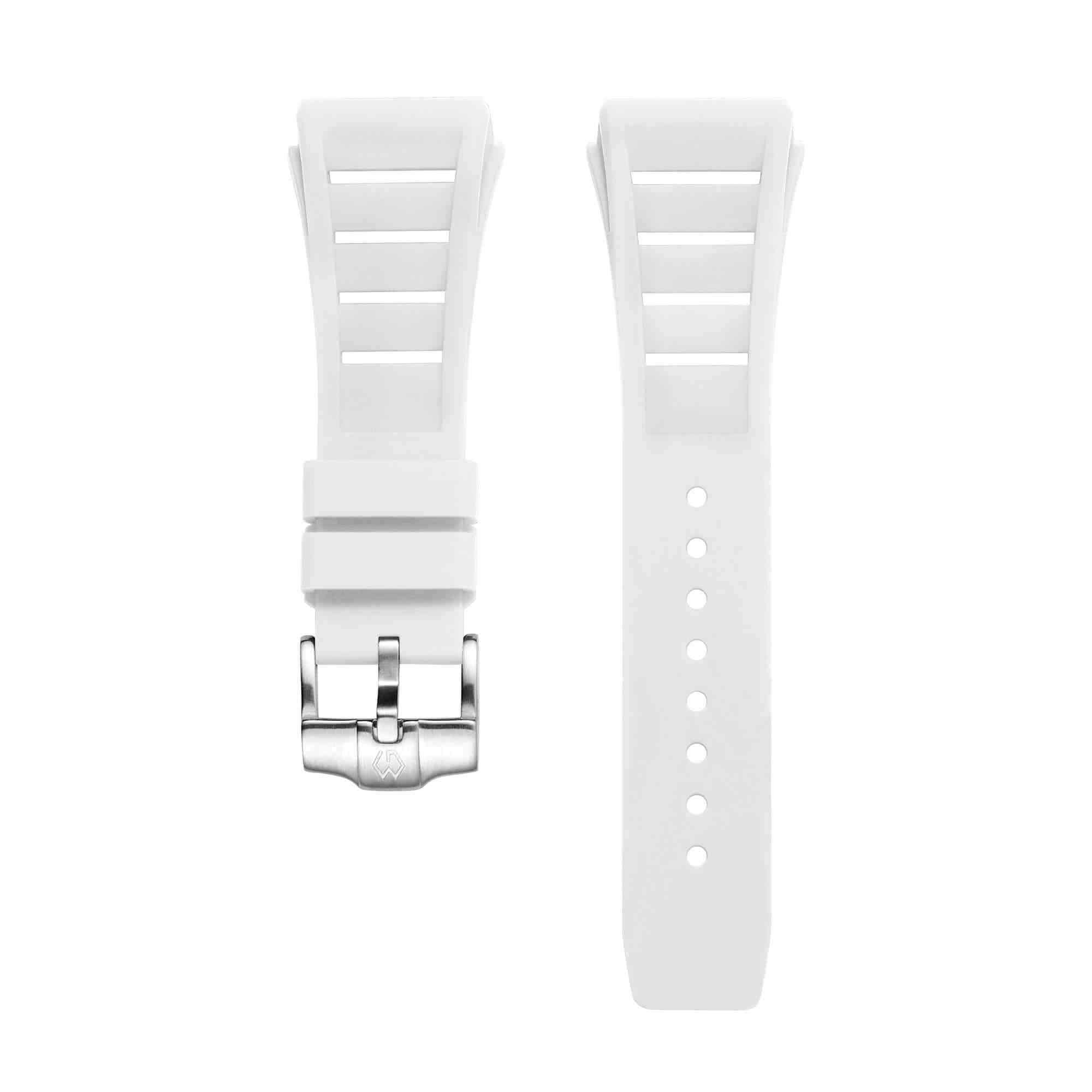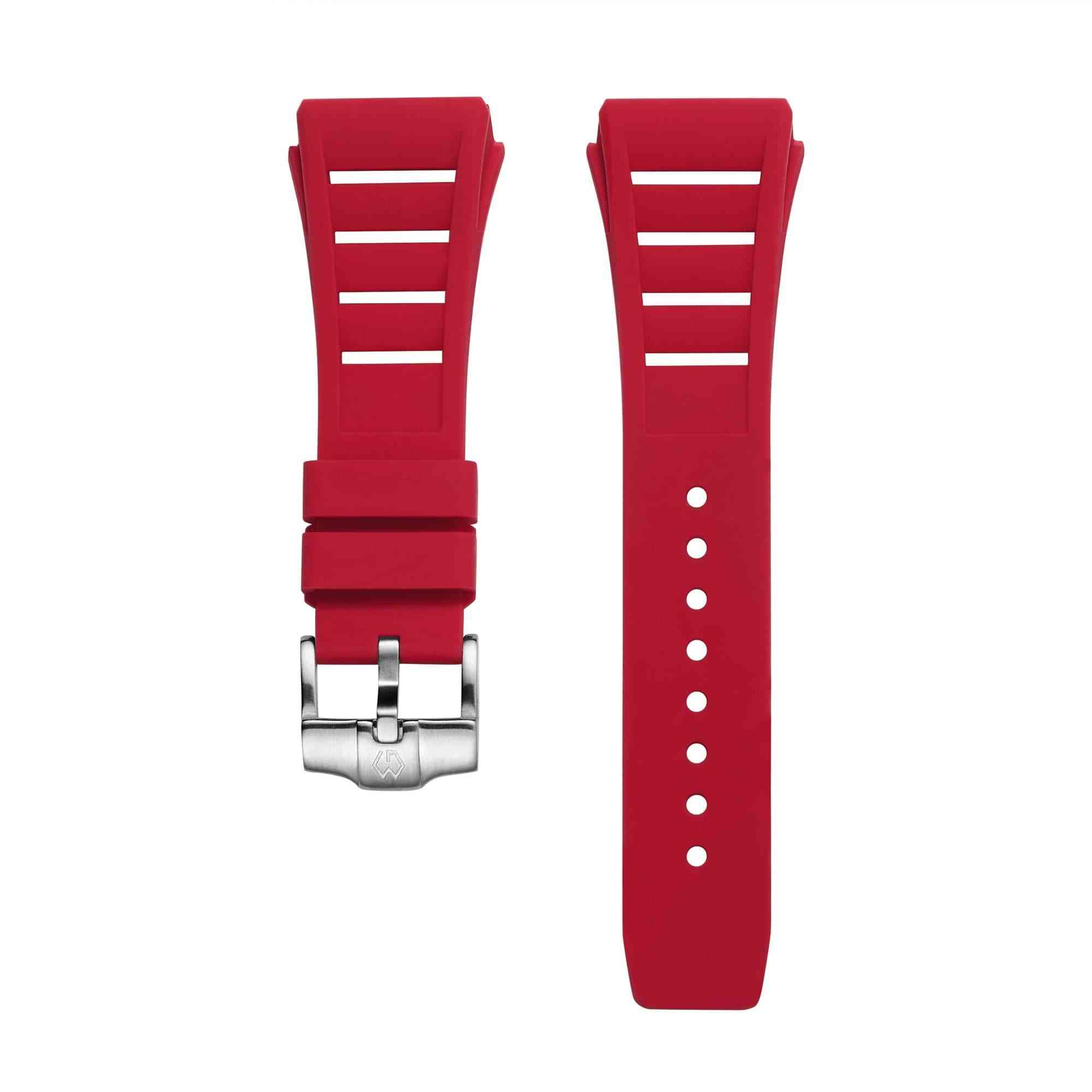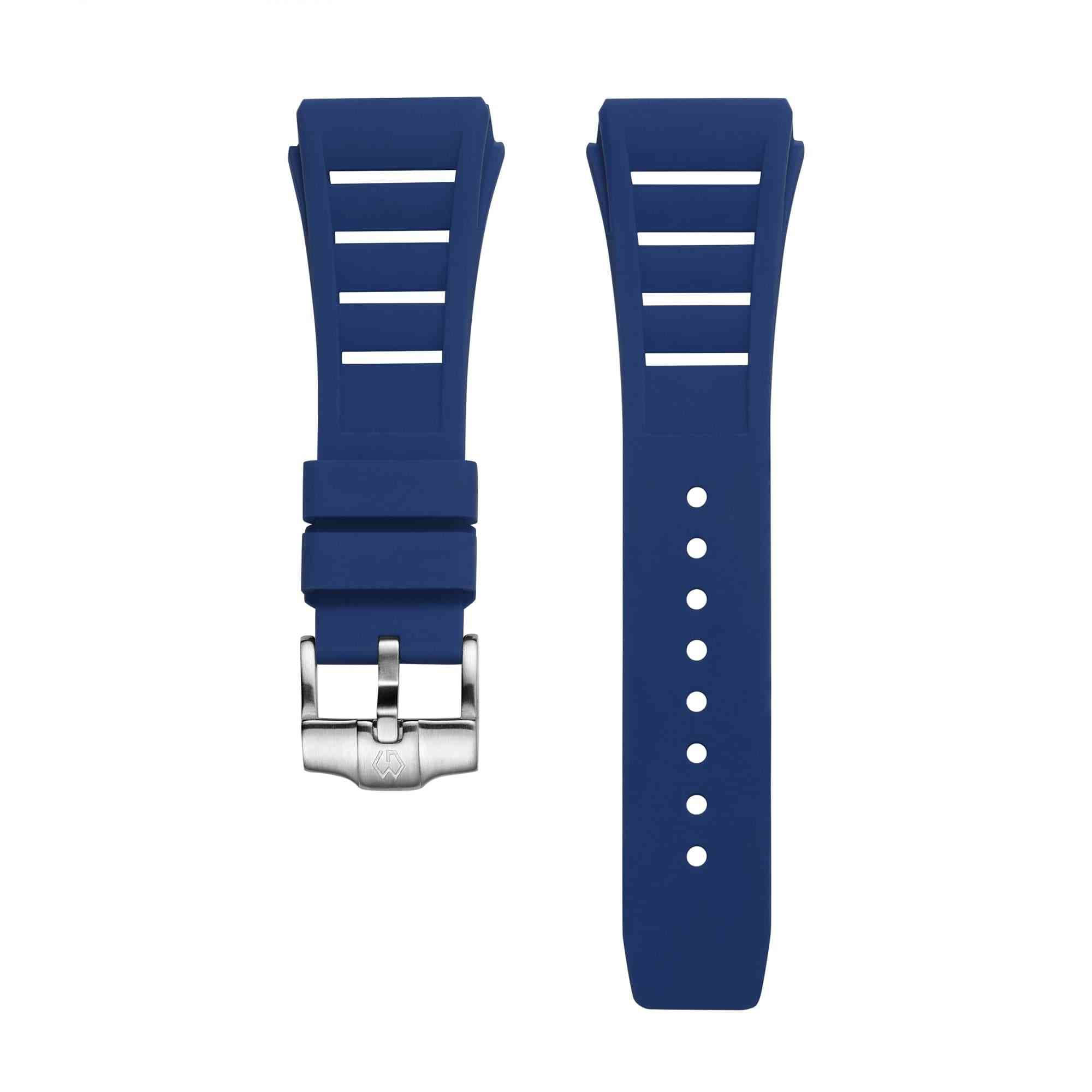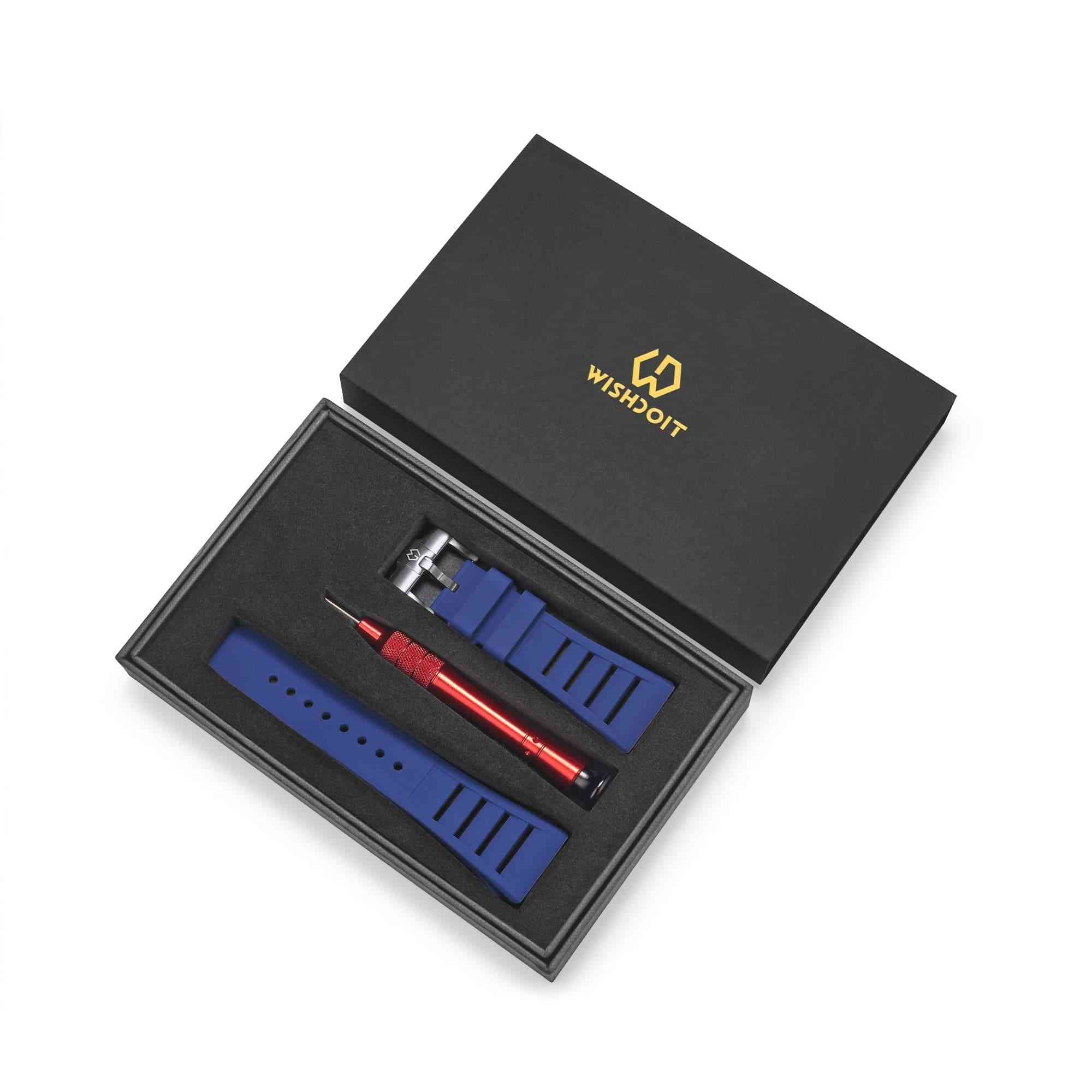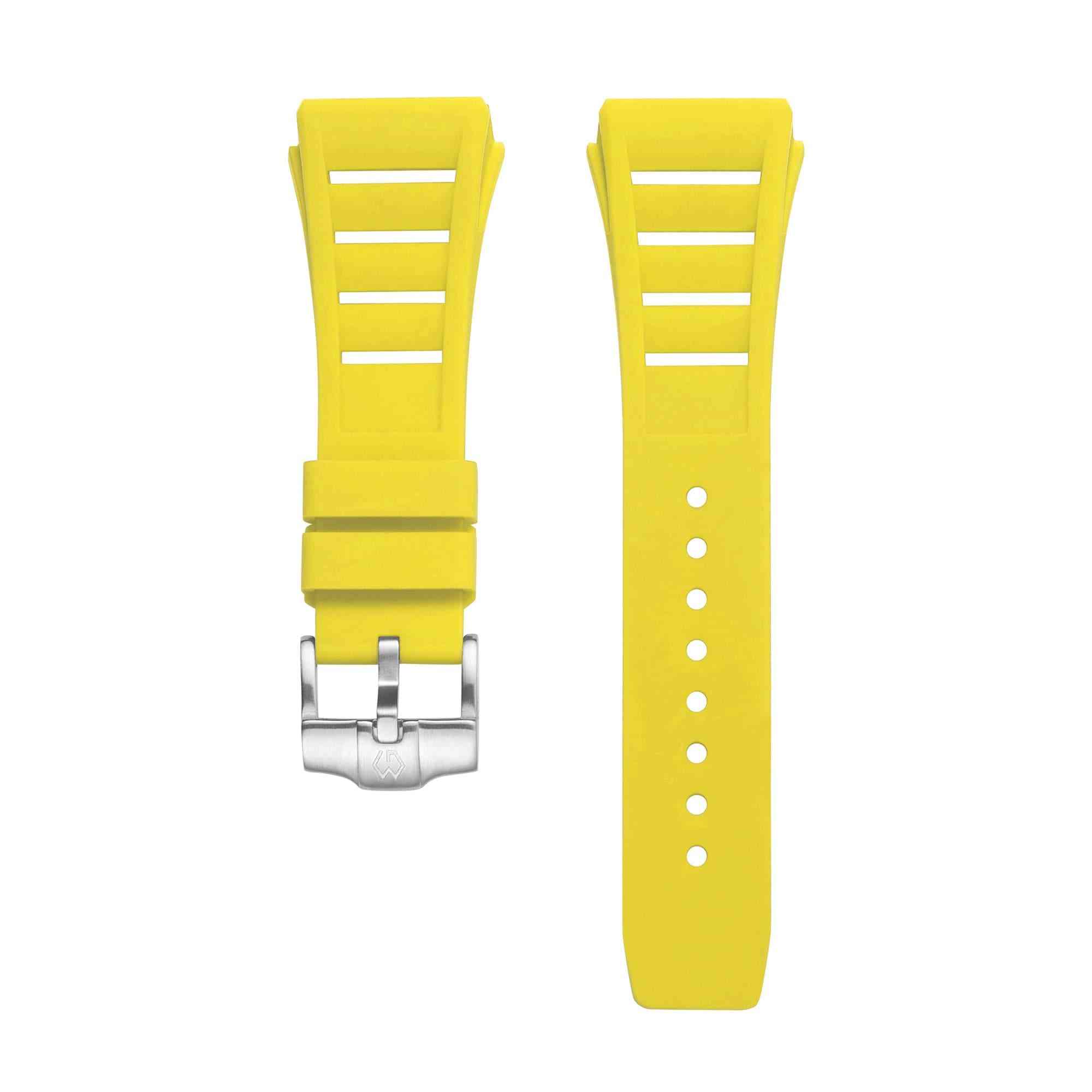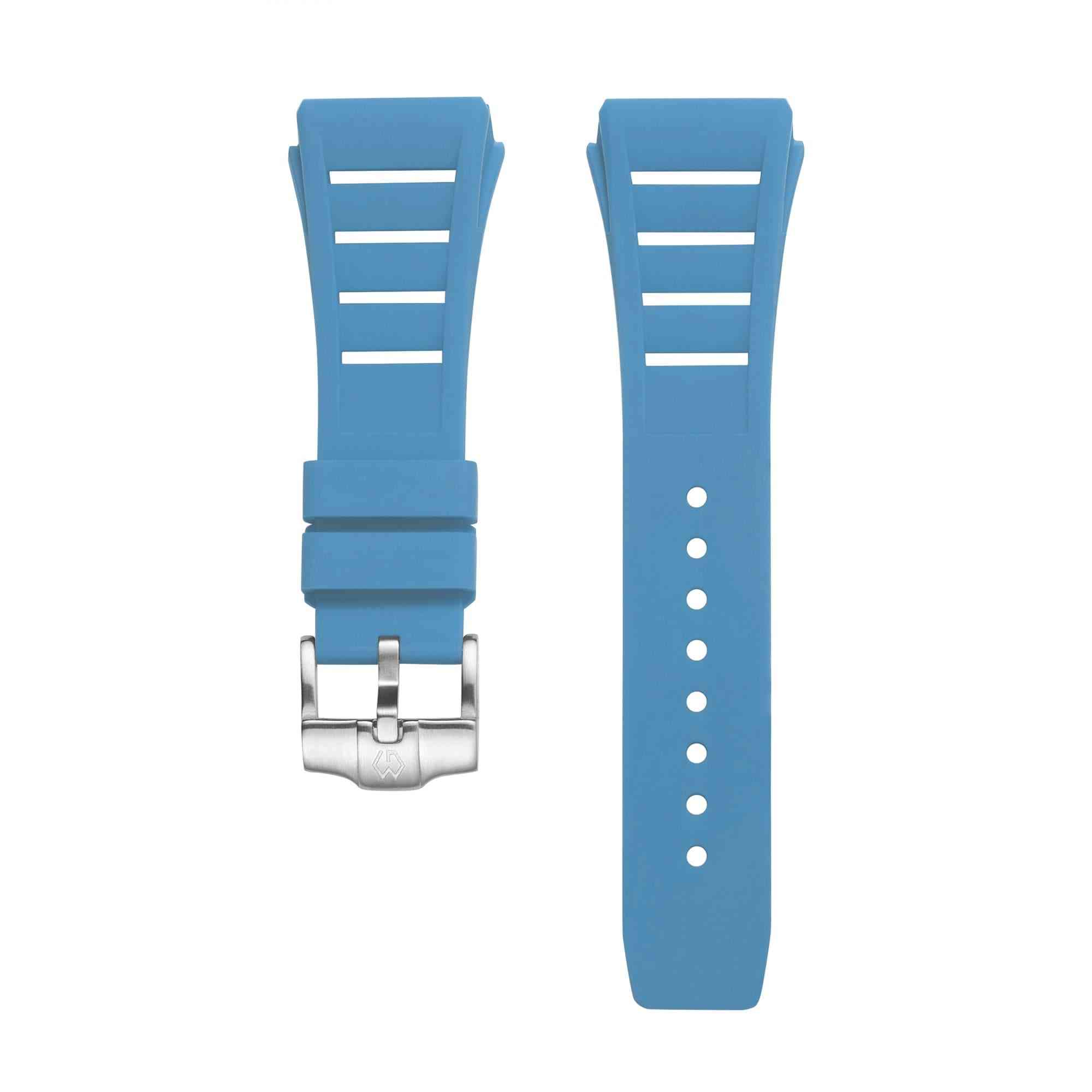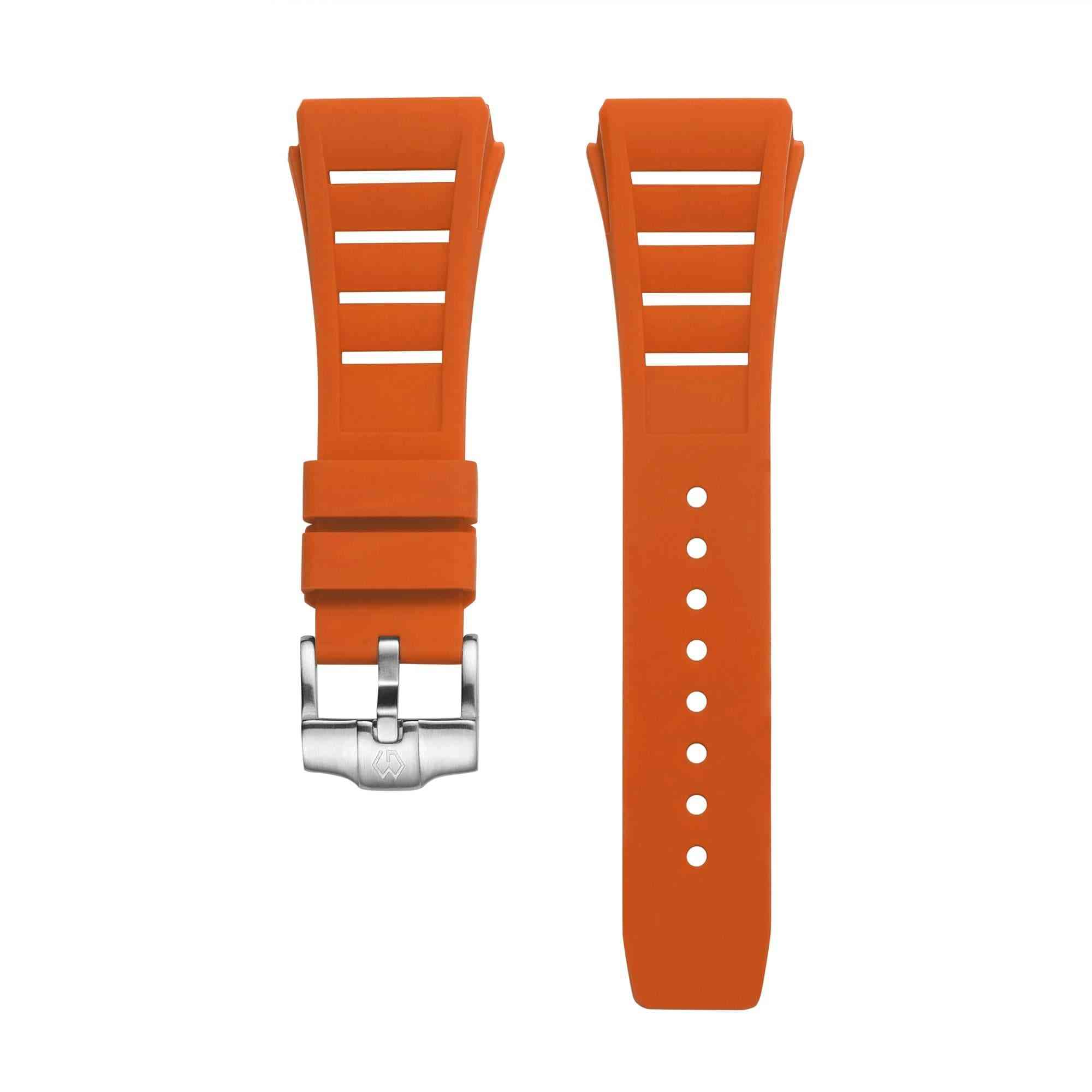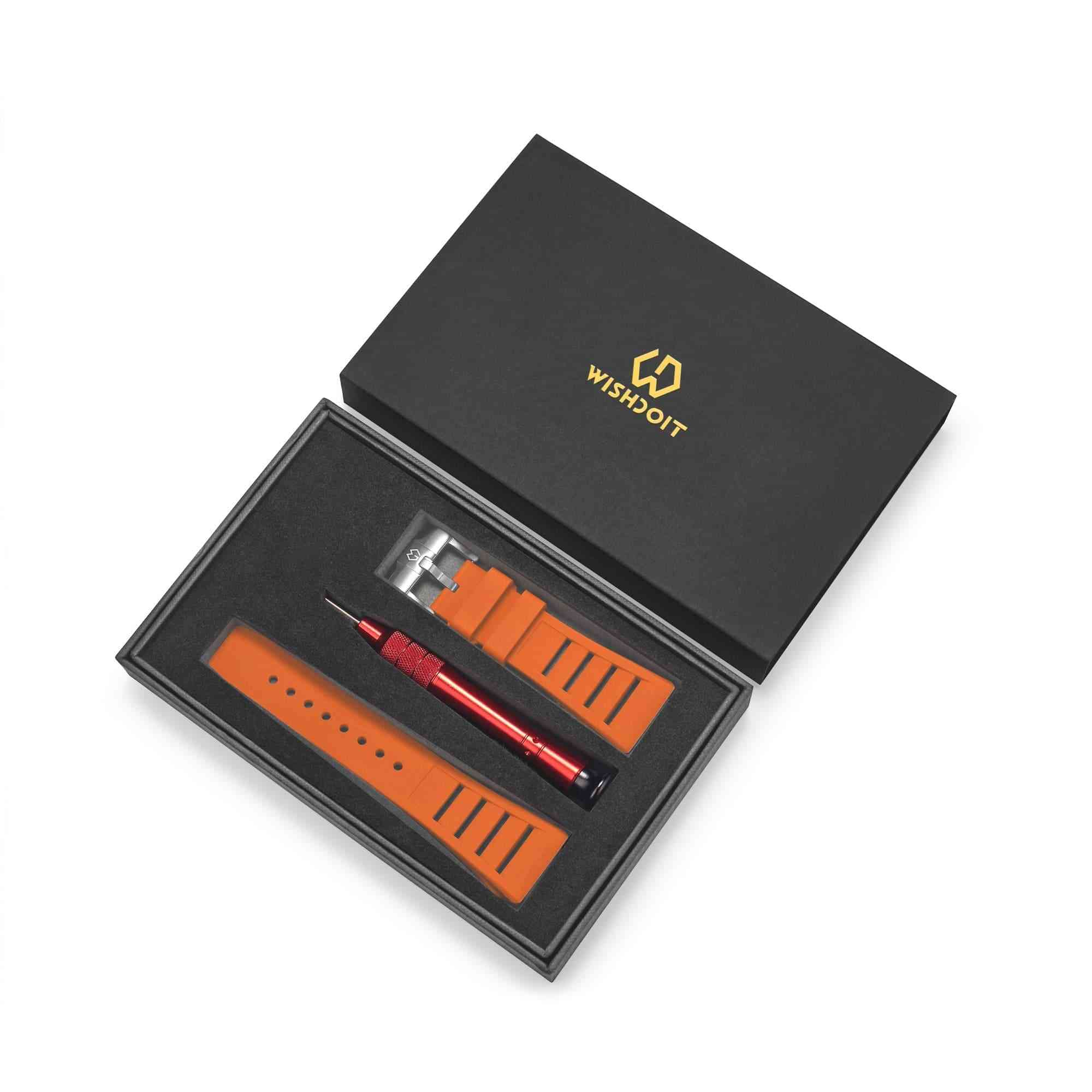Time, an ever-present aspect of our lives, has been a subject of fascination for millennia. While the concept of dividing the day into hours is ancient, the invention of the 12-hour clock marked a significant milestone in timekeeping. In this article, we delve into the captivating story of its creation, unraveling the mystery surrounding its inventor and the subsequent revolution it sparked.
The Advent of Timekeeping:
The earliest civilizations devised various methods to measure time, ranging from sundials to water clocks. Ancient Egyptians and Babylonians employed systems divided into twelve units, reflecting the twelve lunar cycles in a year. However, the precise origins of the 12-hour clock as we know it today remain obscure.
Enter the Ancient Greeks:
One popular belief attributes the introduction of the 12-hour clock to the ancient Greeks. They used sundials to mark the passing hours, with 12 divisions that corresponded to the length of daylight. However, this system only operated accurately during the equinoxes, presenting challenges during other seasons.
The Islamic Influence:
A remarkable chapter in the history of timekeeping unfolded during the Islamic Golden Age. Muslim scholars sought to improve time measurement, driven by the necessity of accurately determining prayer times. It was during this period, around the 9th century, that the concept of dividing the day into 24 hours gained prominence. These hours were further divided into 60 minutes, an innovation that endures to this day.
The Astronomical Clock of Al-Jazari:
In the 13th century, the brilliant Muslim engineer and inventor Al-Jazari created an extraordinary astronomical clock. Known as the "Castle Clock," it featured an intricate system of gears and automations. While Al-Jazari's invention did not explicitly use a 12-hour system, it laid the foundation for advancements in timekeeping technology.
The Influence of Mechanical Clocks:
The mechanical watch that emerged in Europe during the Middle Ages played a pivotal role in popularizing the 12-hour clock. The earliest surviving examples, such as the Salisbury Cathedral Clock and the Wells Cathedral Clock, showcased a single-handed design, often striking the hours audibly. As mechanical clocks became more commonplace, the 12-hour format became widely adopted.
Although no single inventor can be credited with the creation of the 12-hour clock, the English played a significant role in its development. In the 17th century, English clockmakers refined and standardized the design, incorporating minute hands and further refining timekeeping mechanisms. These advancements paved the way for widespread adoption and the establishment of the 12-hour clock as a global standard.
The Timekeeping Revolution:
The 12-hour clock revolutionized timekeeping, offering a simple and intuitive way for people to track the passing hours. Its impact extended far beyond mere practicality. It shaped the way societies organized their daily routines, influencing everything from work schedules to social activities. The 12-hour system remains deeply ingrained in modern life, from digital devices to public clocks.
Conclusion:
While the exact origin of the 12-hour clock may forever remain shrouded in the mists of time, its evolution is a testament to human ingenuity and the quest to measure and understand time. From the ancient Greeks and the Islamic scholars to the mechanical clockmakers and the English innovators, each contribution played a crucial role in shaping our timekeeping practices. Today, the 12-hour clock remains an enduring symbol of our collective fascination with time, reminding us of its unstoppable march.
You’ll also like:
Top 5 Best Everyday Watch Under $500
What Makes a Good Watch? A Guide to Choosing the Right Timepie













